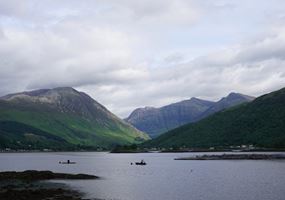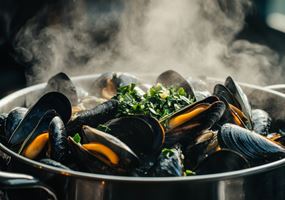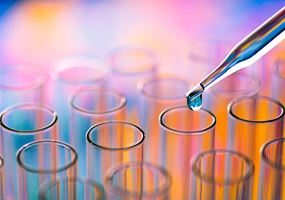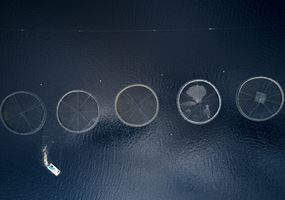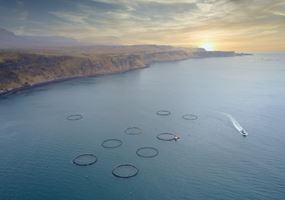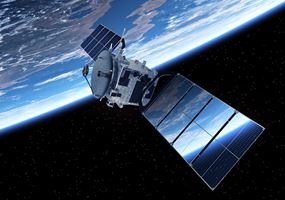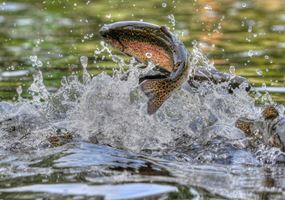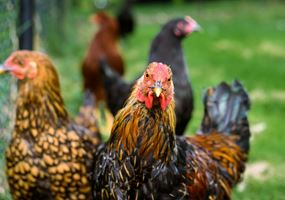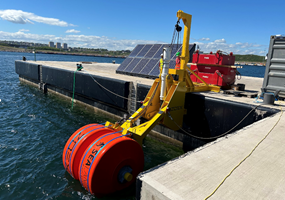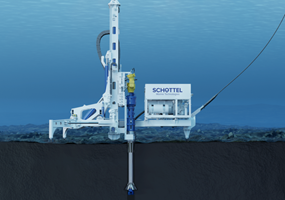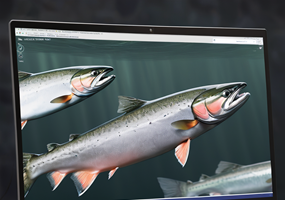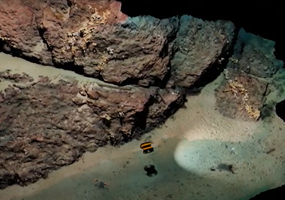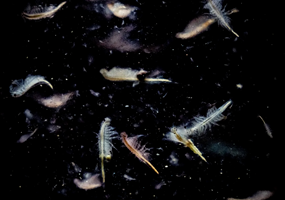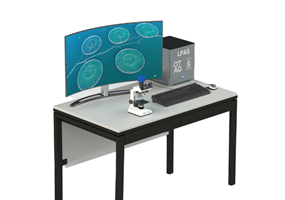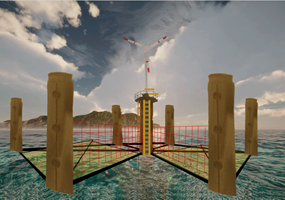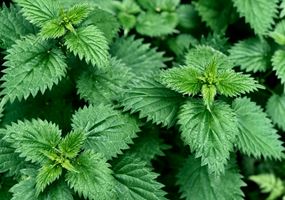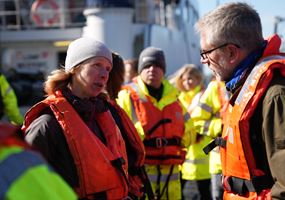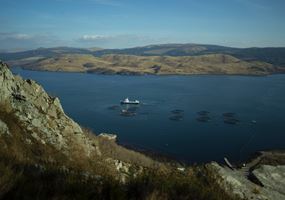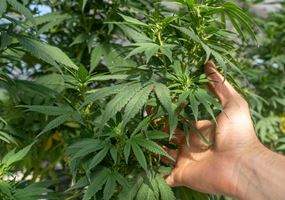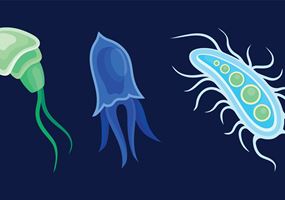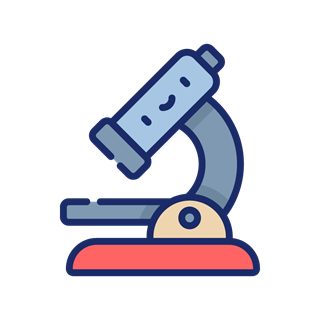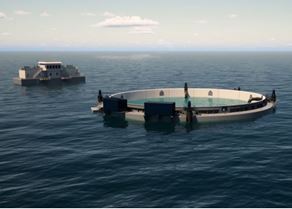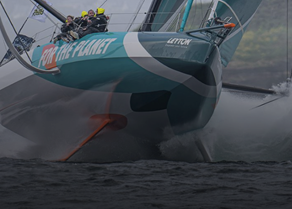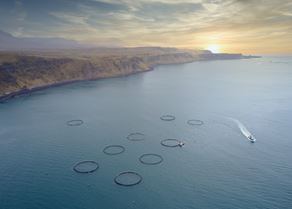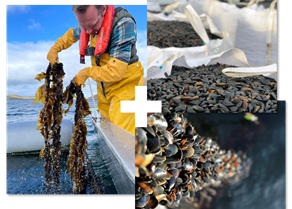Projects
We channel our resources into the areas that will benefit the Scottish aquaculture sector the most, including reducing its environmental footprint and increasing its economic impact.
Sign up to our Newsbites for project updatesShell breakage has posed a persistent commercial challenge to the Scottish mussel ind...
The 'WraAs OptiVacc' project set out to assess the efficacy of multivalent dip vaccin...
The primary tool used in Scotland to model the dispersal of organic waste is NewDEPOM...
The ExPAND2 project brought together developers, researchers, and sector practitioner...
The ‘Connected Seafarm’ project aimed to transform aquaculture by leveraging digital...
The project collaborators aimed to produce a novel immersion vaccine against RTFS cau...
The primary aim of this project was to drive change and address issues within the UK...
This project aimed to confirm whether mounting the ZOEX Wave Energy Converter (WEC) t...
Groutless technology has the potential to reduce the costs associated with traditiona...
Developing an open data platform for fish farmers, to combine multiple data sources a...
Hard substrates are often highly complex, making them difficult to sample in, but the...
This project explored ways to increase the availability of marine ingredients for the...
This project built and tested a Live Plankton Analysis System (LPAS) prototype that c...
Exploring a modular approach to renewable energy generation in conjunction with aquac...
This project demonstrates that Atlantic salmon be grown on feeds with nettle inclusio...
This project explored the use of a water treatment technology (CleanTreat®) to suppor...
Developing a real-time modelling and prediction tool to minimise the impact of HABs o...
This first look at sustainably sourced hempseed meal as an alternative protein source...
This feasibility study aimed to develop a lab-based challenge model, using lab-reared...
Industry-academic collaborations
Some of our projects have a lifetime of less than one year, while others are longer-term, multi-partner collaborations of up to three and a half years. Each project unites industry know-how with specialist academic expertise; something that SAIC works hard to encourage by helping forge the necessary connections.
Priority innovation areas
Our work is focused on catalysing and co-funding innovation in the areas identified by the sector as being top priorities. We call them our priority innovation areas – or PIAs for short.
Over the years, the industry’s priorities for innovation have evolved. Therefore, so too have our PIAs. This helps ensure that we continue to deliver maximum benefit from the combined investment being made. SAIC's three PIAs are 1: Finfish health & welfare, 2: Unlocking sector capacity, and 3: Shellfish and other non-finfish species.
